Are you thinking about storing a vehicle for an extended time period—perhaps for the winter? Unfortunately, you can’t just drive it into a garage and park it. Properly storing your vehicle takes a few steps. Lucky for you, each one is quick and easy. Follow the guide below, and your car will be in tip-top shape once you’re ready to drive it again.
Find the Right Location
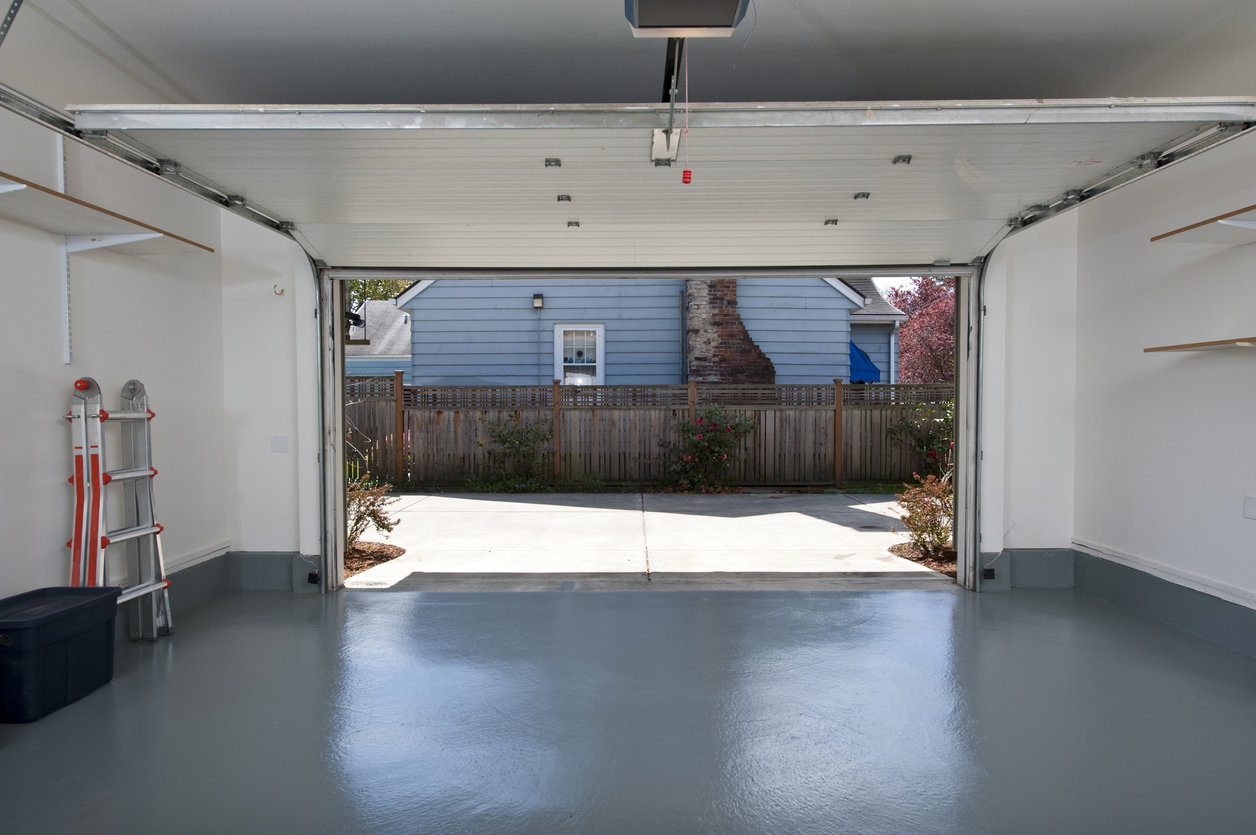
First, find a dry, enclosed location. If you don’t own a garage, consider renting a space. Find a tarp to park on if the only suitable location is outdoors. Invest in a pair of wheel stops or chocks (frankly, a couple two-by-fours will do fine) so you can leave the car with its transmission in Neutral, rather than Park—and without setting the emergency brake. Finally, find a car cover fitted to your specific make and model car, ideally with a drawstring to keep it held tight.
Top Up Your Fluids
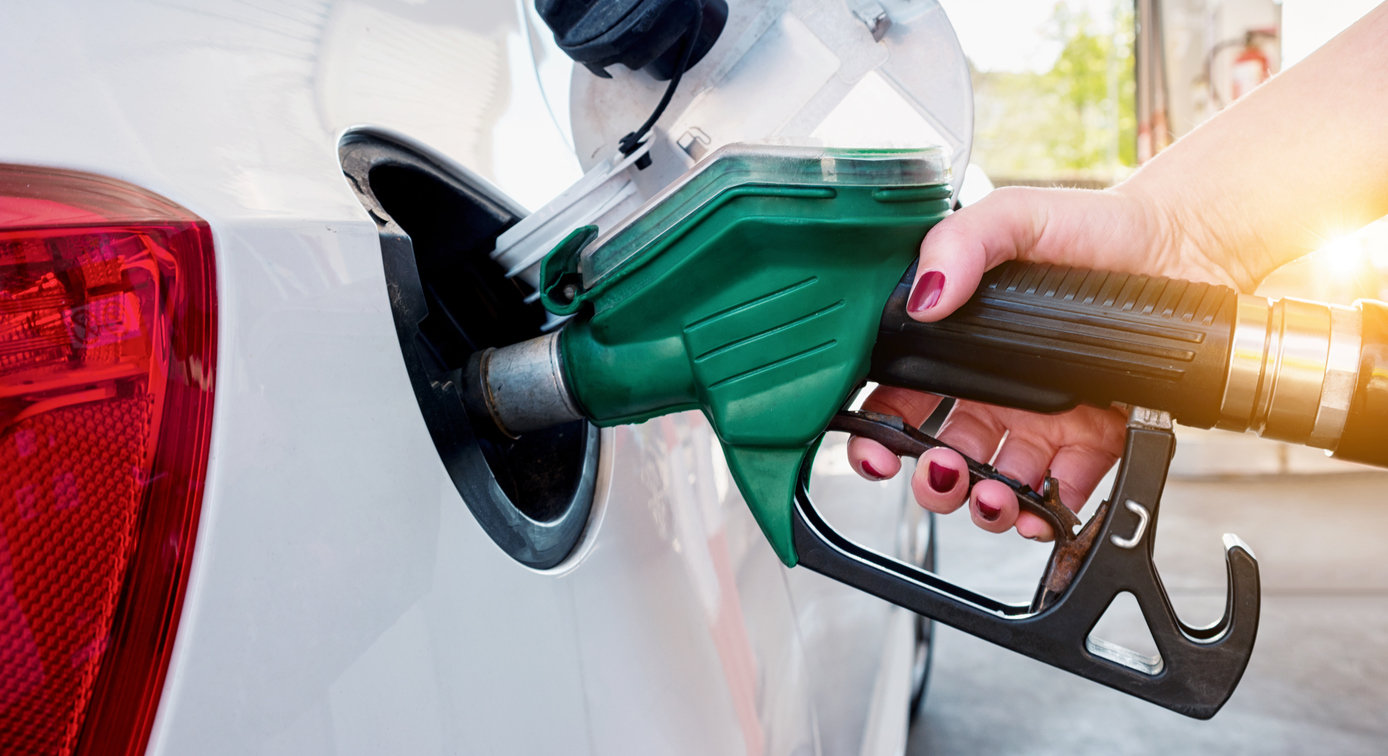
Gasoline has a shelf life of only 30 to 90 days. To stretch that out, fill your tank with gas and add a fuel stabilizer to protect against corrosion. You can buy fuel stabilizers at your run-of-the-mill auto parts store, most gas stations, and online. If you’re close to an oil change interval (3,000 miles for regular oil or 5-10,000 miles for synthetic oil), or if the oil appears dirty on the dipstick, go ahead and change it now. To limit moisture creeping into the system, top off all your car’s fluids, especially your coolant.
Protect Your Paint Job
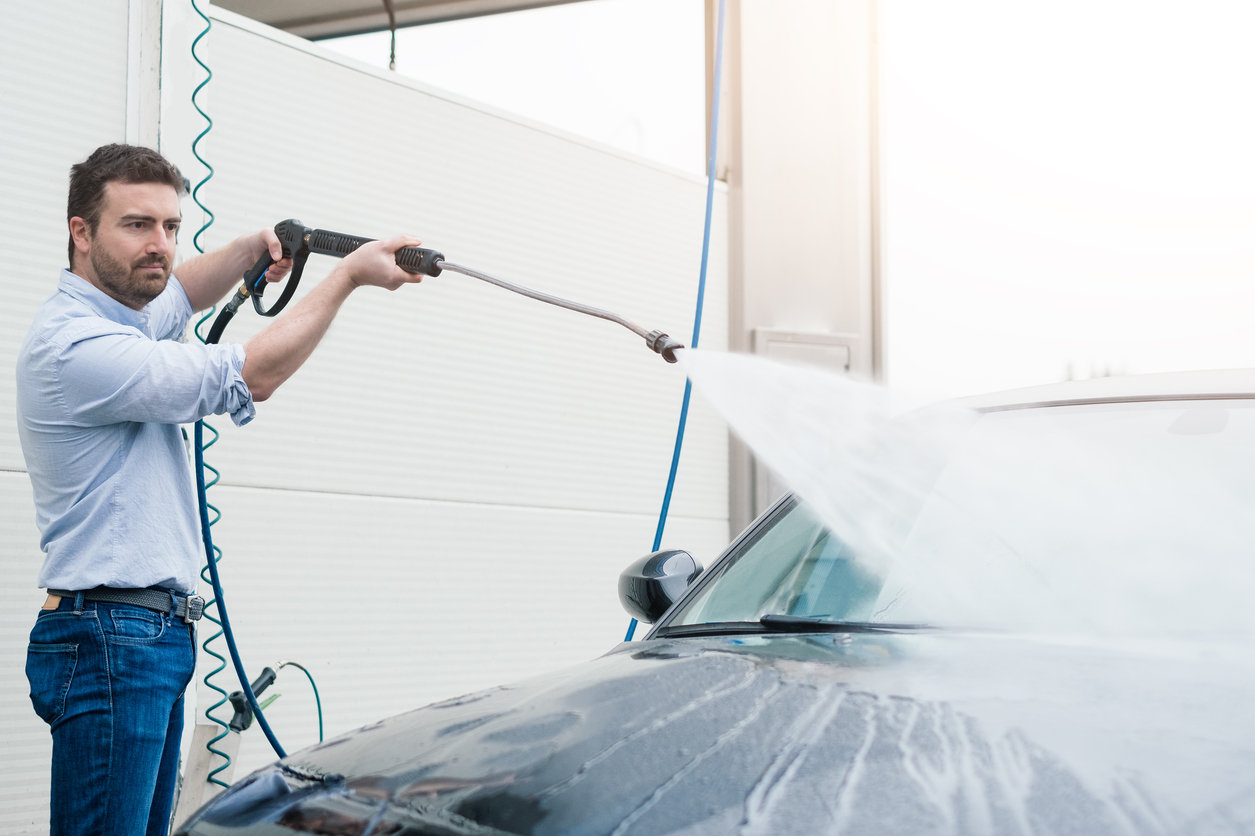
You don’t want any contaminants hiding on the car before you put on its cover—even water can wear away at the paint job. Give the car a good wash and dry, then take it on a short drive to clear any remaining water from cracks and crevices. Once the car is clean, remove your wiper blades to keep them from cracking or sticking to the windshield. Place some old socks or fabric under the wiper arms to protect the windshield.
Keep Your Tires Round
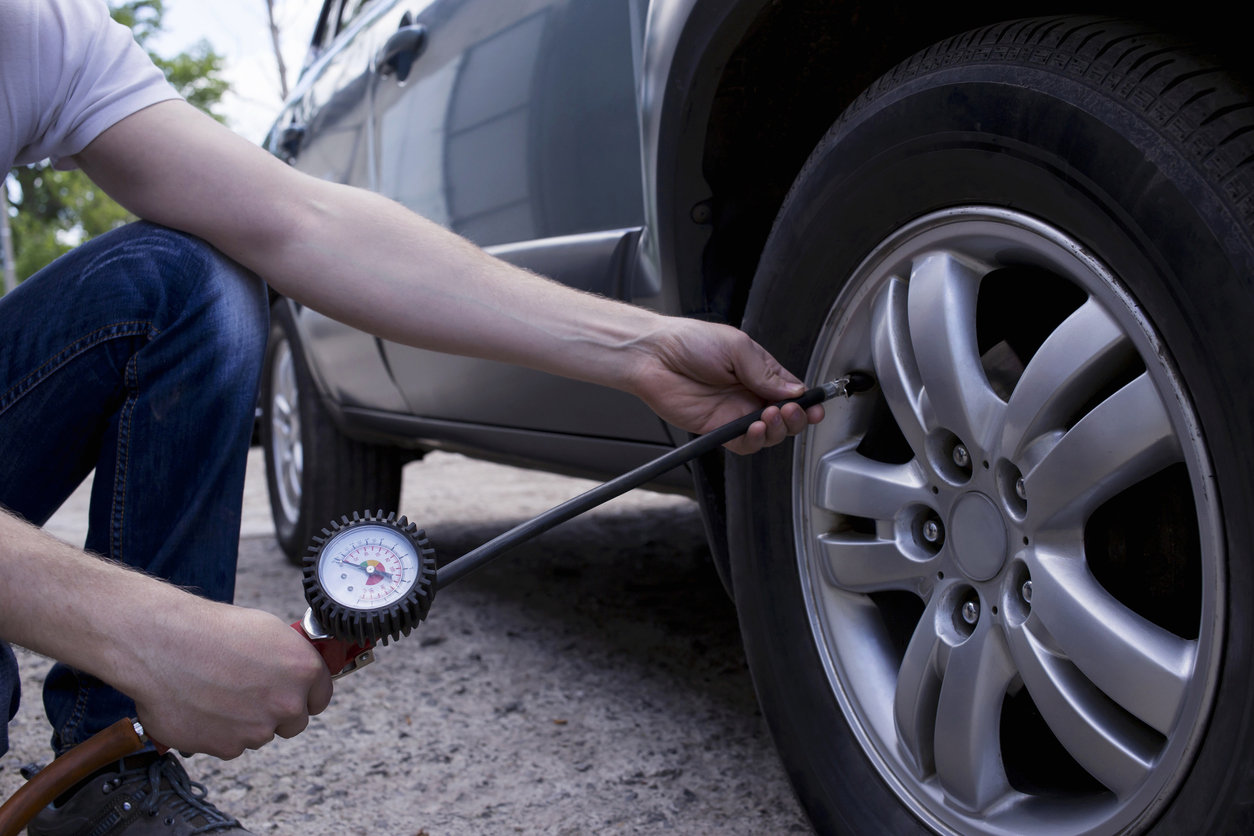
Inflate your tires to their maximum pounds per square inch (PSI, which you can find on the sidewall of the tire) to prevent flat spots. Keep in mind that this is not the PSI you would inflate to if you were planning to drive the car—that number is listed in your owner’s manual and on the car’s driver-side doorsill.
Preserve Your Battery
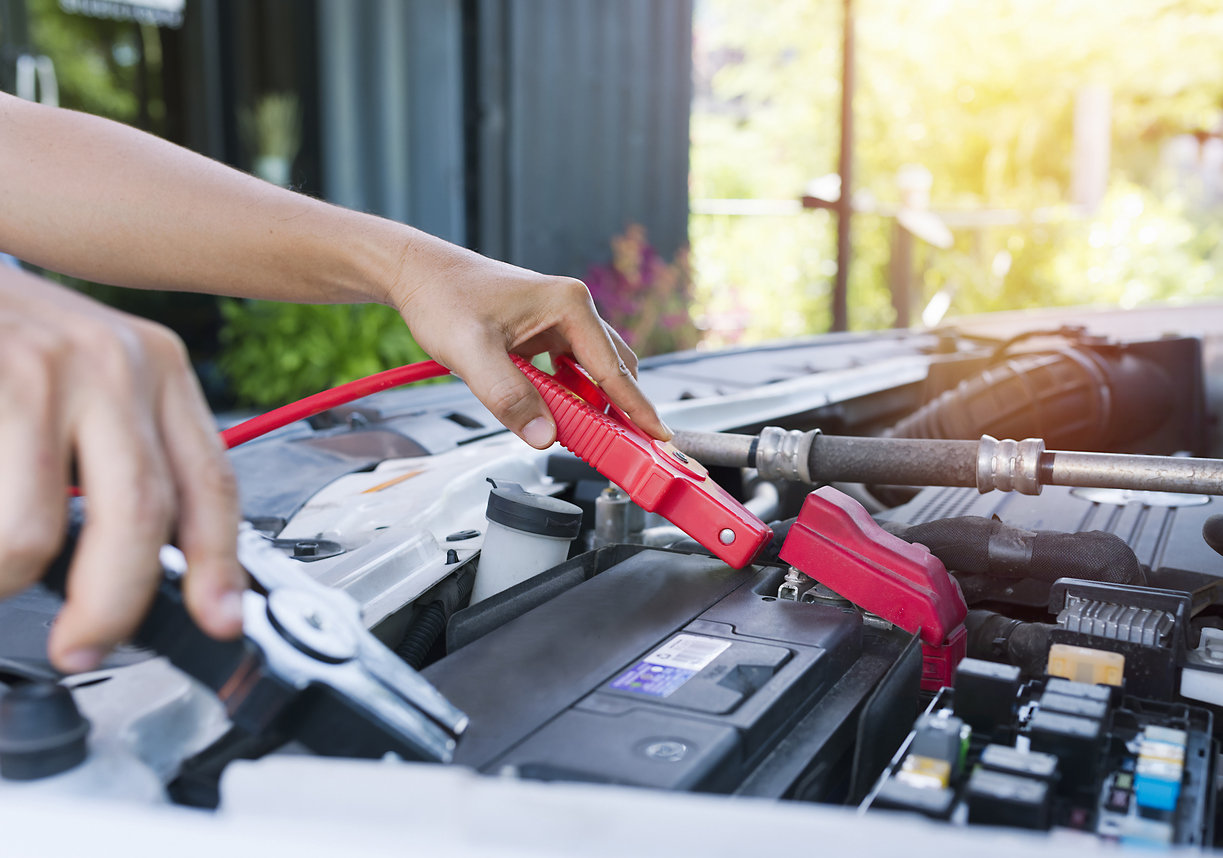
Plug in and attach a trickle charger. One popular brand is Battery Tender. Choose one with a “float” mode—sometimes called “storage” or “maintained” mode—to avoid overcharging. Unplugging the battery has limited benefits—and you’ll probably lose your radio presets (can’t have that!).
Keep Rodents Away
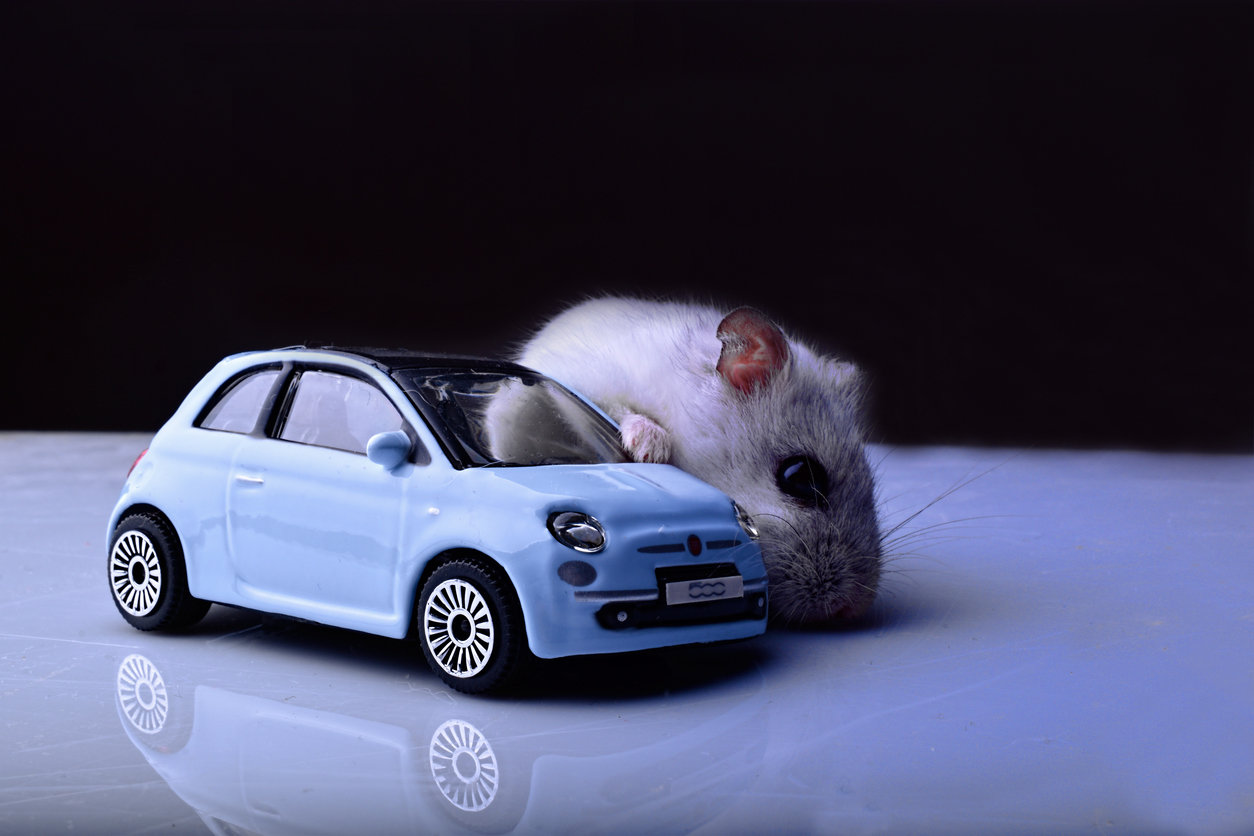
With their nooks and crannies, idle cars make great homes for mice and other rodents. But you don’t want Stuart Little and his family taking up residence in your car. Put steel wool in the tailpipe and air intakes to fend off mice and other rodents, but don’t forget to remove them when you restart the vehicle. Placing mothballs soaked in peppermint oil around the outside of the car will also help keep unwanted critters away.
The Bottom Line
Careful storage is critical to vehicle preservation, particularly if you’re not going to drive it for a while. Some owners insist on driving their car every couple of weeks to keep things in good working order, but CarGurus recommends that you let sleeping cars lie. Proper storage will keep the car in good condition, and you’ll avoid having to re-do all your preparation every time you want to take the car out on a nice winter day.
Related Topics
Everything You Need to Know About Car Shows
How to Get Rid of Bad Car Smells
Six Ways to Help Your Car Keep its Value
